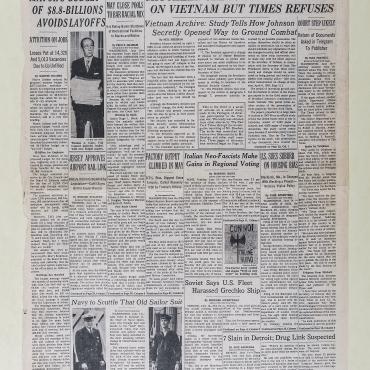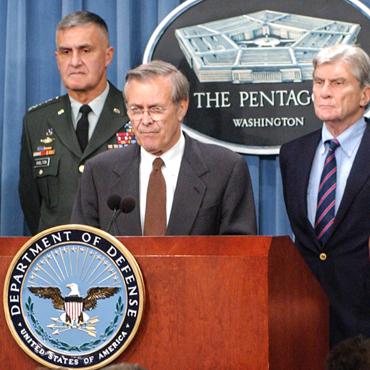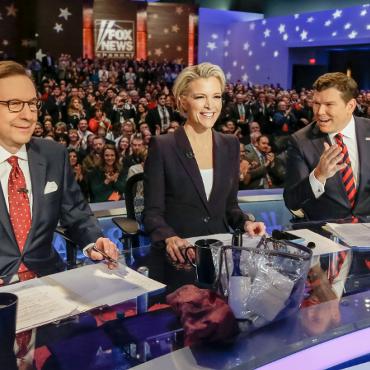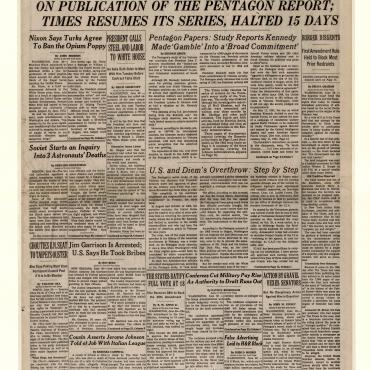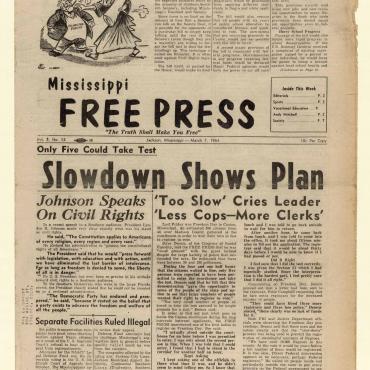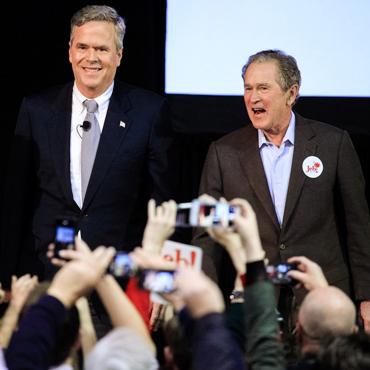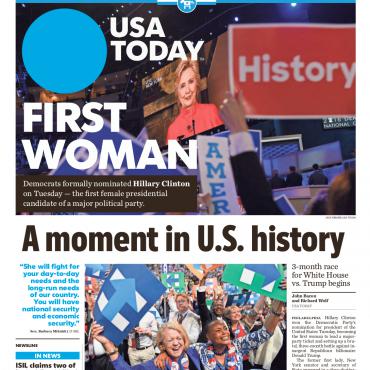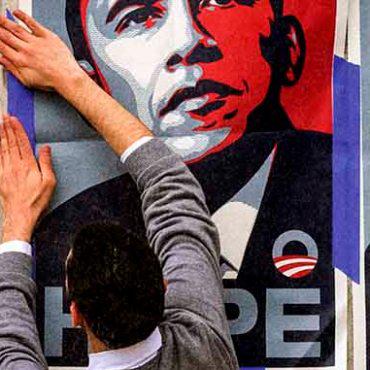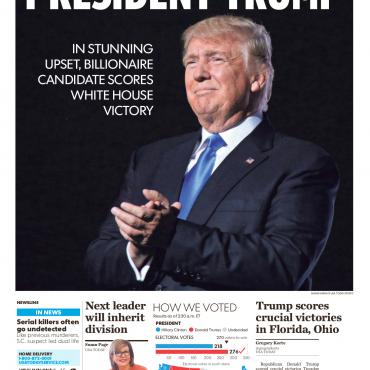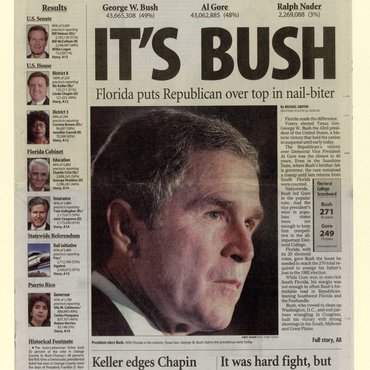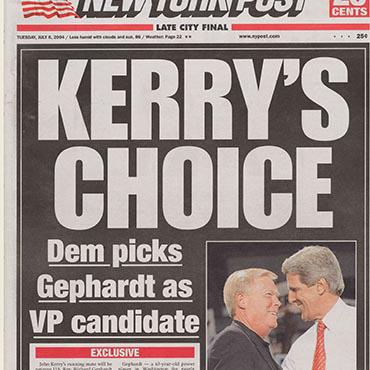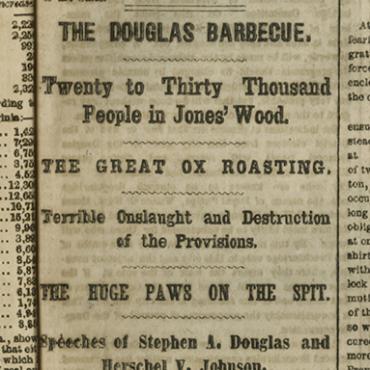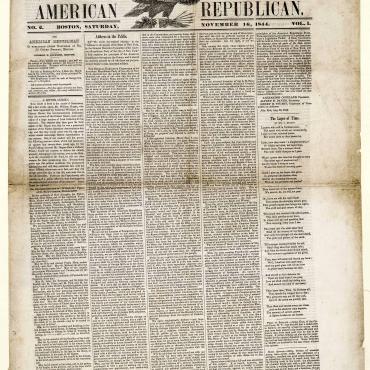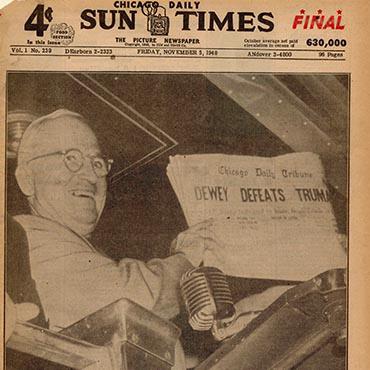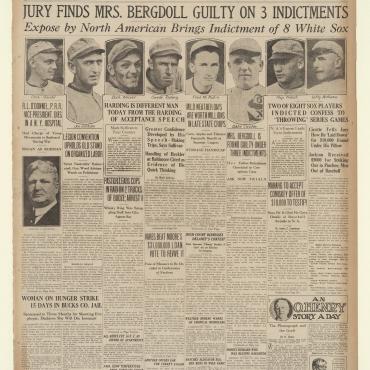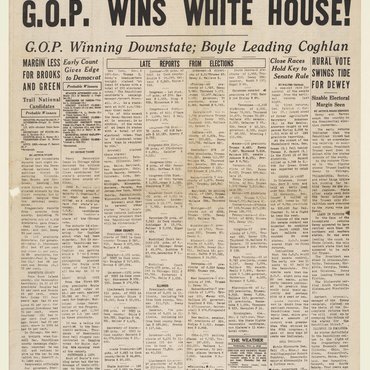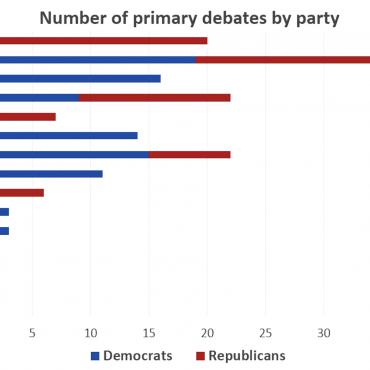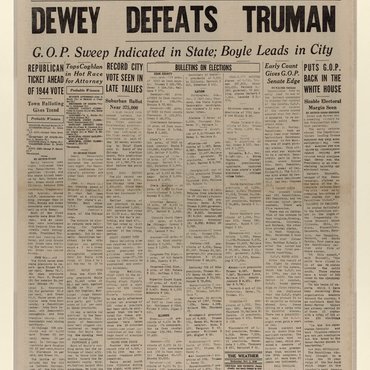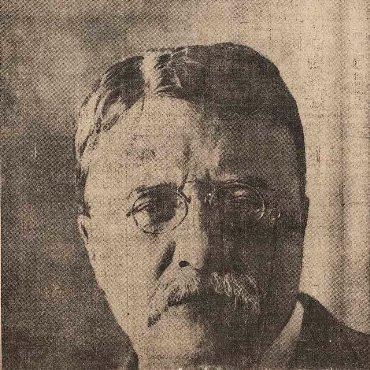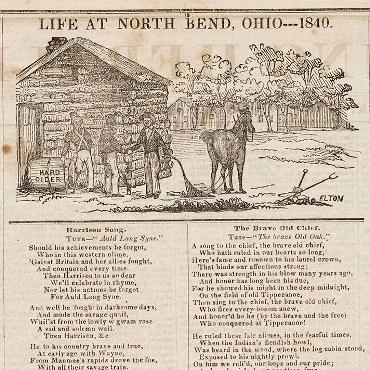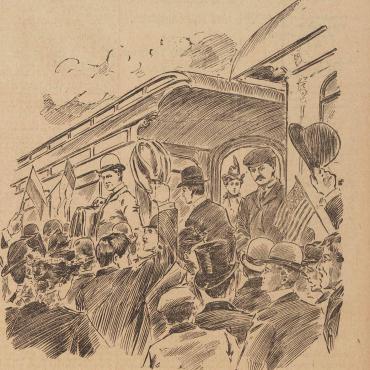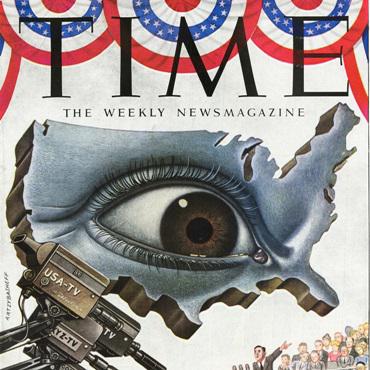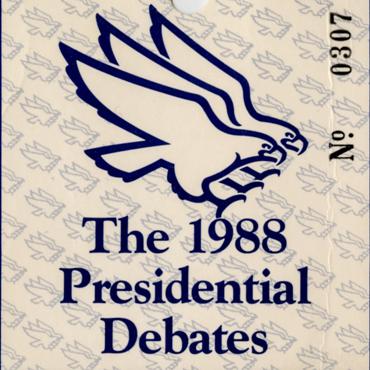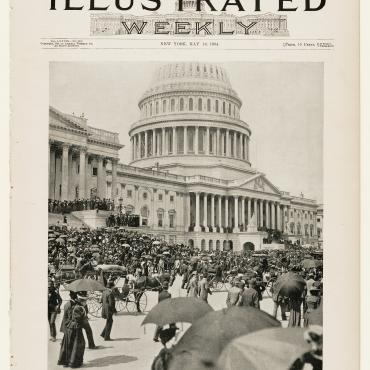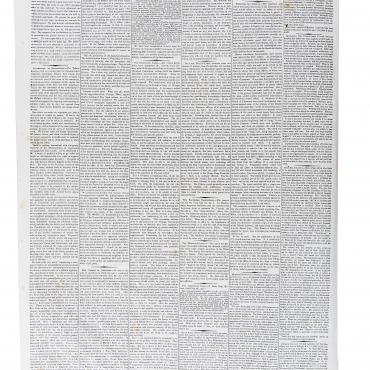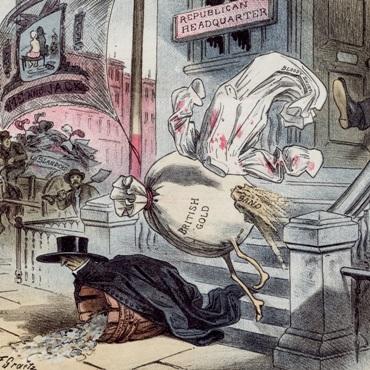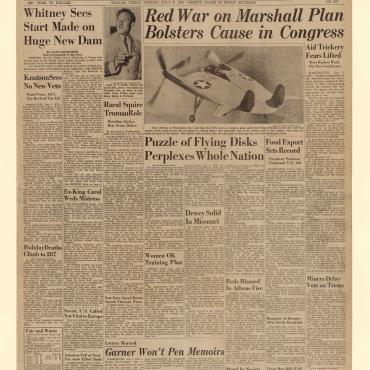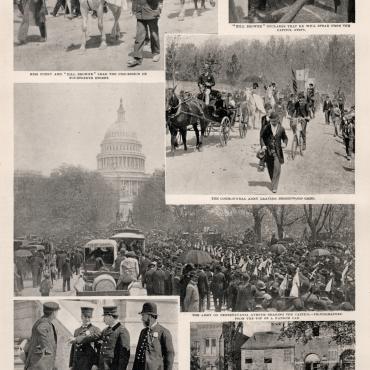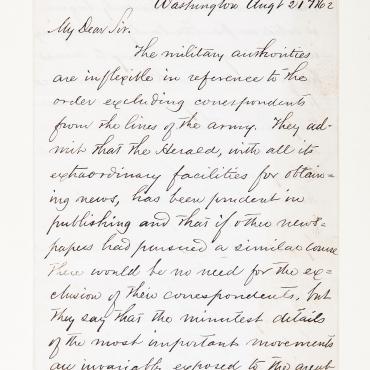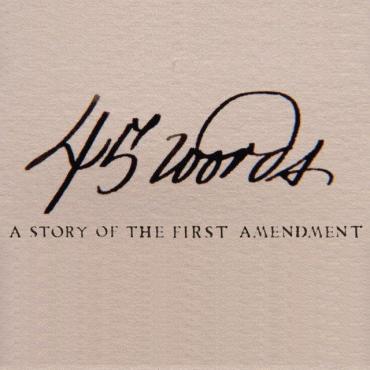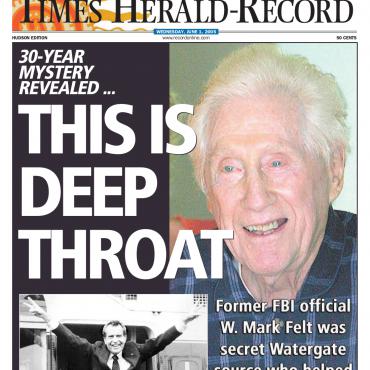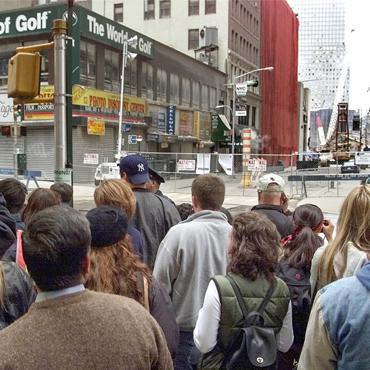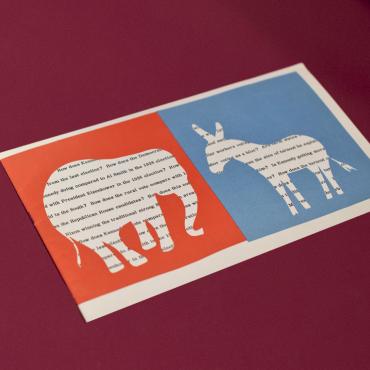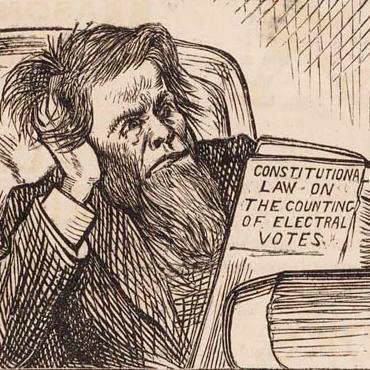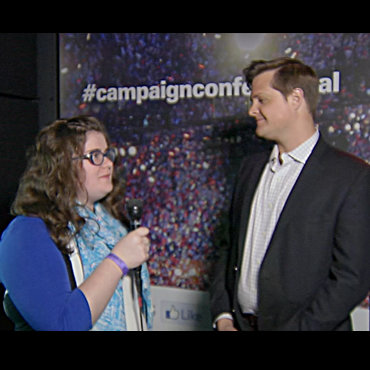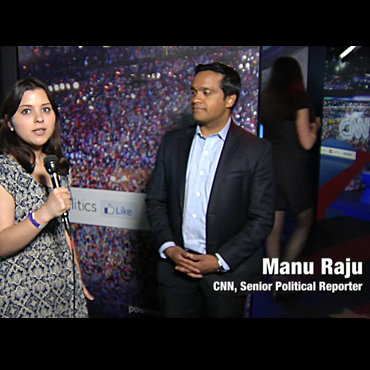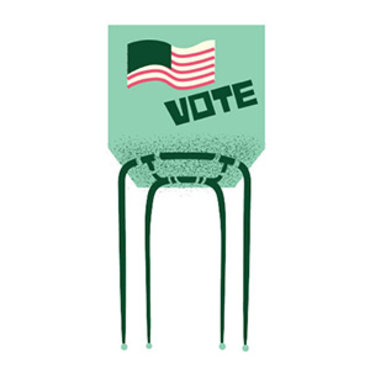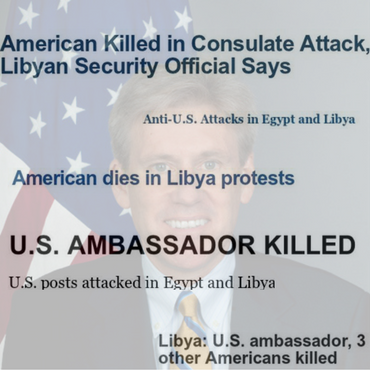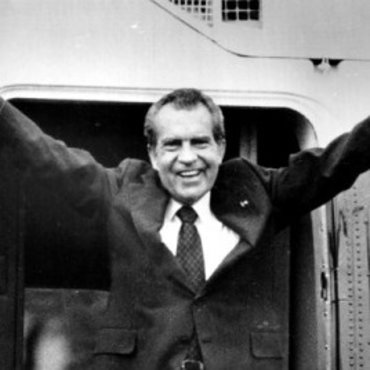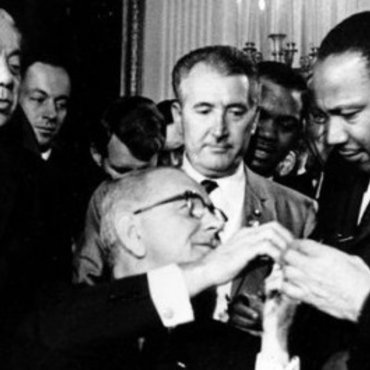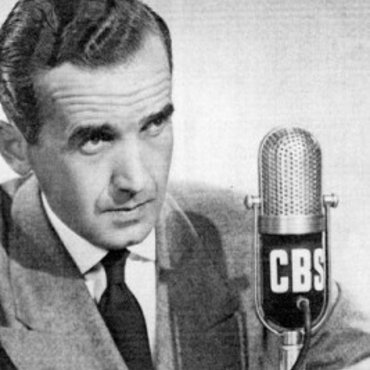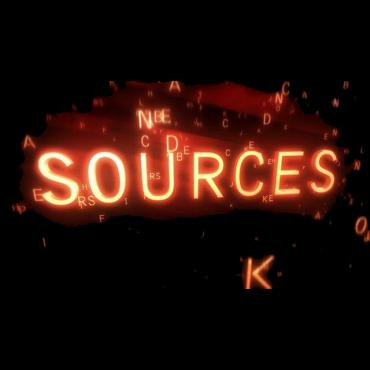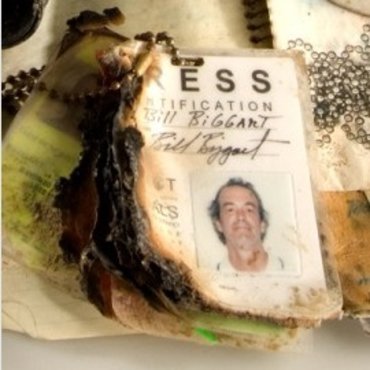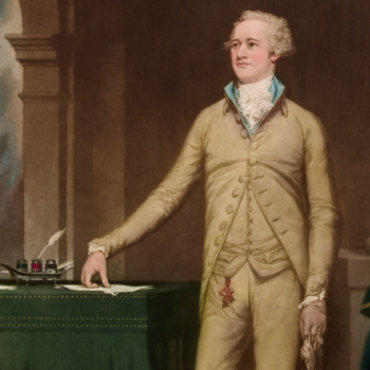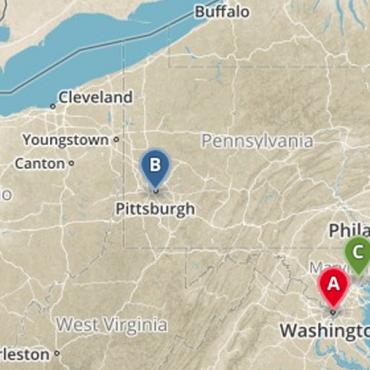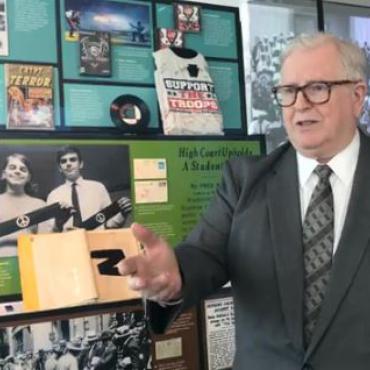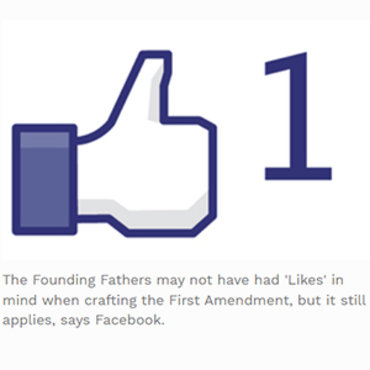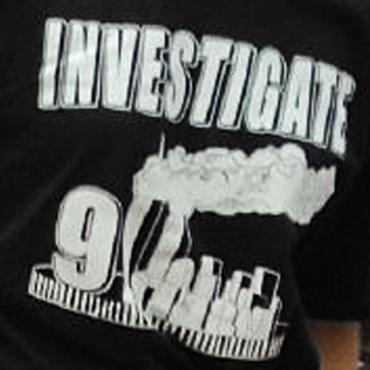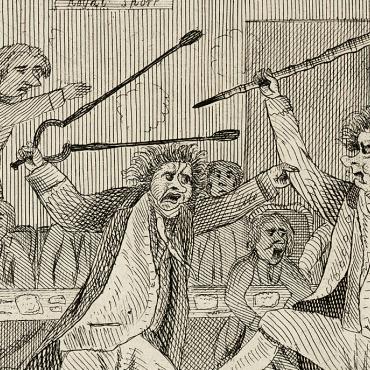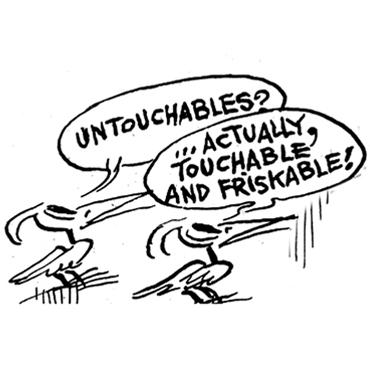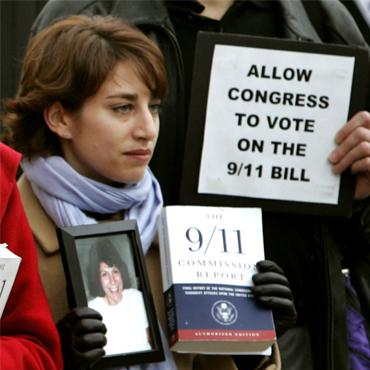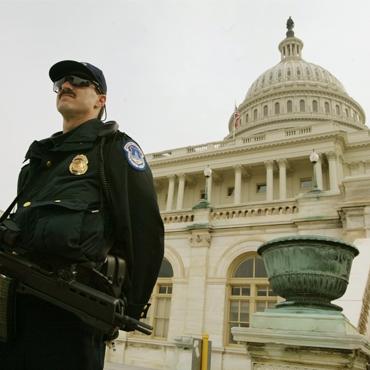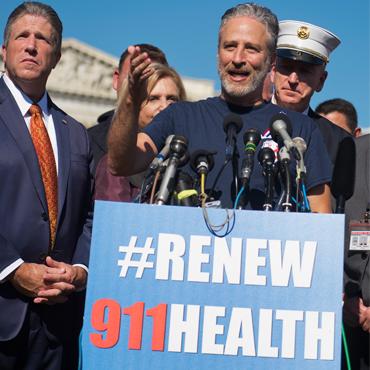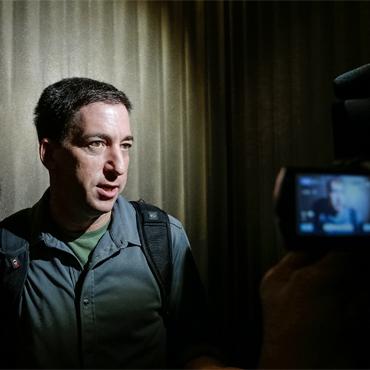Mueller Report Released, 2019: Archived Pages
On April 18, U.S. Attorney General William Barr publicly released a redacted version of special counsel Robert S. Mueller III’s long-awaited report on Russian meddling in the 2016 presidential election.
Get even more great free content!
This content contains copyrighted material that requires a free NewseumED account.
Registration is fast, easy, and comes with 100% free access to our vast collection of videos, artifacts, interactive content, and more.
NewseumED is provided as a free educational resource and contains copyrighted material. Registration is required for full access. Signing up is simple and free.
With a free NewseumED account, you can:
- Watch timely and informative videos
- Access expertly crafted lesson plans
- Download an array of classroom resources
- and much more!
- Elections
- Journalism
- National Security
- Politics
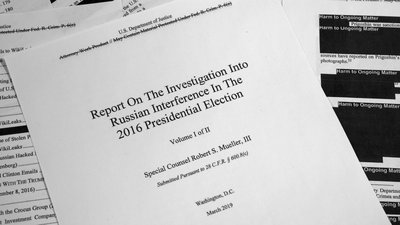
Two years earlier, Mueller had been appointed to investigate Russian interference as well as any coordination with the campaign of Donald Trump, and any related matters, including attempts to obstruct justice.
On March 22, Mueller and his team submitted their 448-page report in two volumes to Attorney General Barr. The report's key findings:
- "The Russian government interfered in the 2016 presidential election in sweeping and systematic fashion."
- Although there were "numerous links" or contacts between individuals with ties to the Russian government and individuals associated with the Trump campaign, the investigation did not establish that members of the Trump campaign criminally "conspired or coordinated with the Russian government in its election interference activities."
- There were 10 instances in which President Trump could potentially have obstructed justice by undermining the investigation, but Mueller refused to make a conclusion, citing a Justice Department regulation that a president cannot be charged with a crime while in office. "[If ] we had confidence ... that the President didn't commit a crime, we would so state," the report said. Furthermore, "While this report does not conclude the president committed a crime, it also does not exonerate him."
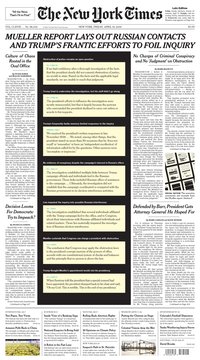
The report's unresolved issue of obstruction of justice unwittingly paved the way for Barr to draw his own conclusions and left any further action in the hands of Congress.
Barr used the gap between when he received the special counsel's report and when the redacted version was made public to release his own summary of the document. On March 24, Barr reported there was no "collusion" — a nonlegal term avoided in the Mueller report — and said he had determined Trump didn't obstruct justice.
(According to The Washington Post, Mueller sent a letter to Barr a few days later, taking issue with his representation of the report. "The summary ... did not fully capture the context, nature, and substance of this Office’s work and conclusion,” Mueller wrote. He suggested the public had been misled and left confused.)
Explore a sampling of national and international newspapers covering the report.
——————————
Front Pages April 19, 2019
Because the Mueller investigation was a national story, many U.S. newspapers relied on coverage from Washington by reporters with the Associated Press, The Washington Post, The New York Times or USA TODAY. Some smaller papers supplemented this coverage with original reporting that voiced local reactions. Nearly all newspapers ran headlines pointing out the report had found evidence that Trump attempted to block Mueller’s investigation. The divisive interpretations of Mueller’s findings were seen in headlines about Trump’s collusion with Russia in the 2016 elections, whether the president had been exonerated, how Congress should proceed, and whether Barr’s summary of the report’s findings was accurate.
A number of international papers put the report on their front pages.
(While a page is open, press the pink “View larger” button under the image to zoom in on a higher quality PDF file.)
——————————
April 20, 2019
The Mueller report was not as broadly covered on April 20, however it continued to be prominently featured on the front pages of a large number of both national and international newspapers. Widely reported topics included Rep. Jerrold Nadler, chairman of the House Judiciary Committee, issuing a subpoena for the unredacted report and President Trump lashing out at former advisers.
Journalists from a few papers went a step further with the report’s released material and produced articles that touched on regionally relevant topics. A reporter for Iowa’s Quad-City Times brought attention to the fact that a staffer for Sen. Chuck Grassley (R-Iowa) had searched for Hillary Clinton’s emails back in 2016. The St. Louis Post-Dispatch reported that a Twitter account that had posted during the 2016 election under the handle @MissouriNewsUS was linked to Russia.
——————————
April 21, 2019
Within days of its release, the Mueller report no longer was front page news. With the exception of some larger publications such as The Washington Post, Los Angeles Times and The New York Times, most newspapers had moved on.
——————————
May 30, 2019
On May 29, outgoing special counsel Robert S. Mueller III broke his public silence on his two-year investigation into Russian interference in the 2016 presidential election. Without taking questions from reporters, Mueller read from a prepared statement and stuck with what was in his 448-page report. He stressed that the threat of foreign meddling should be taken more seriously, and refused to clear President Trump of a possible crime. Noting that Justice Department guidelines prohibit charging a sitting president with a crime, Mueller said the Constitution provides for Congress to investigate wrongdoing.
The former FBI director asserted there was no need for him to testify on Capitol Hill – the report “is my testimony.” (Update: After two committees issued subpoenas, Mueller agreed to testify at hearings on July 24, 2019.)
For many newspapers, Mueller’s first public comments were overshadowed by an outbreak of destructive tornadoes across a wide swath of states.



